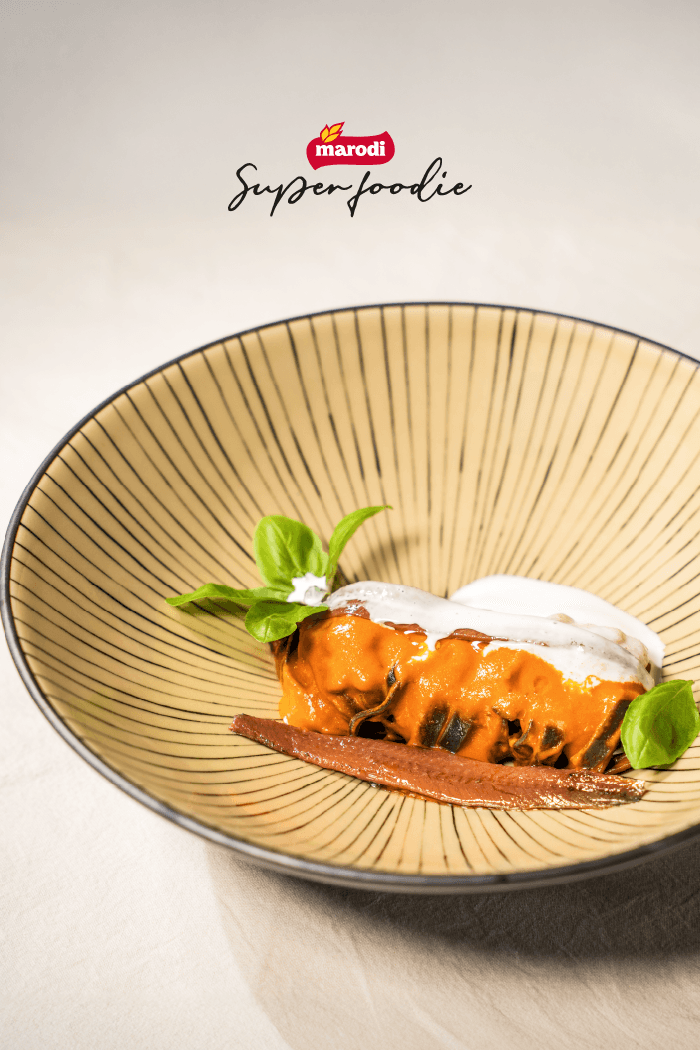
American Chop Suey

American chop suey originated in New England in the early 20th century as a simple dish that combines Italian and American influences.
Although it has a Chinese name, it has no connection to Chinese cuisine. This recipe became popular due to its affordability and ease of preparation. Interestingly, in some parts of the United States, the dish is known as "goulash," despite having no relation to the traditional goulash.
Serving:
8
Preparation time:
45 min
Calories per person:
Ingredients
Marodi Chifferi Rigati: 400 g
Minced beef: 450 g
Yellow onion: 160 g
Green pepper: 300 g
Carrot: 100 g
Celery stalk: 50 g
Garlic: 1 clove
Canned tomatoes: 400 g
Tomato passata: 500 g
Tomato paste: 2 tbs
Water or beef stock: 250 ml
Dried Mediterranean herb mix: 2 teaspoons
Salt: to taste
Parmesan: as desired
Parsley leaf: for garnish
Preparation instructions:
- Melt the butter in a large, deep pan or pot over medium-high heat.
- Add the minced beef and brown it well on all sides before adding the vegetables.
- Once the meat is browned, add the chopped onion, green pepper, carrot, and celery.
- Sauté everything together with the meat for at least 5 minutes until the vegetables soften.
- Then add the chopped garlic and continue to sauté all the ingredients for another 1-2 minutes.
- Add the tomato paste, canned tomatoes, tomato passata, water or beef stock, herbs, and salt. Mix everything well and reduce the heat to medium.
- Let the sauce simmer for about 20 minutes, stirring occasionally.
- Meanwhile, bring salted water to a boil in a large pot and cook the pasta according to the instructions on the package.
- When the pasta is cooked, drain it and immediately transfer it to the sauce.
- Stir all the ingredients well and cook the American chop suey for an additional 5 minutes to allow the flavours to combine.
- Serve hot, sprinkled with grated Parmesan and fresh parsley for garnish, if desired.
Nutritional value:
Carbohydrates: 47.6 g
Proteins: 23.6 g
Fats: 13.3 g
Origin of the recipe:
Other recipes
Show more recipes





